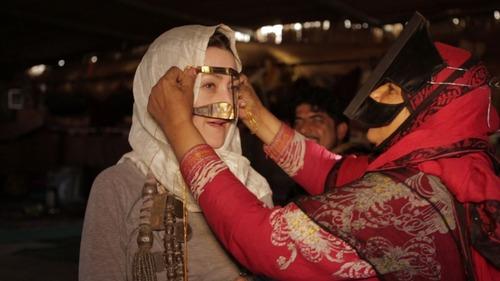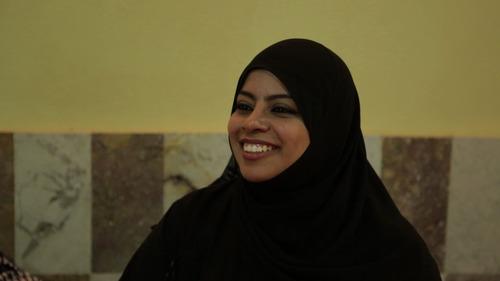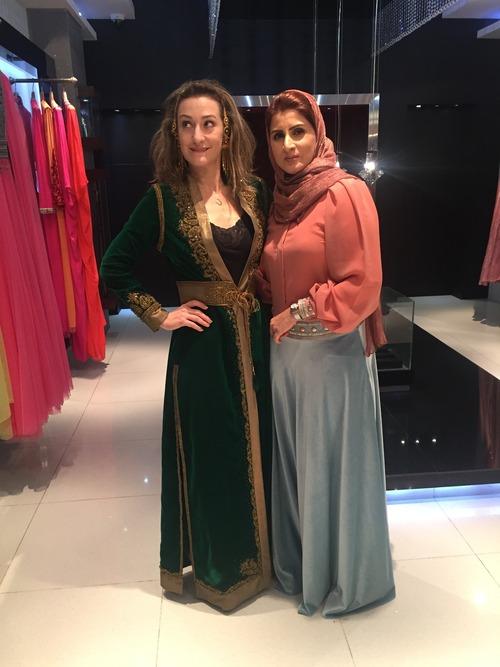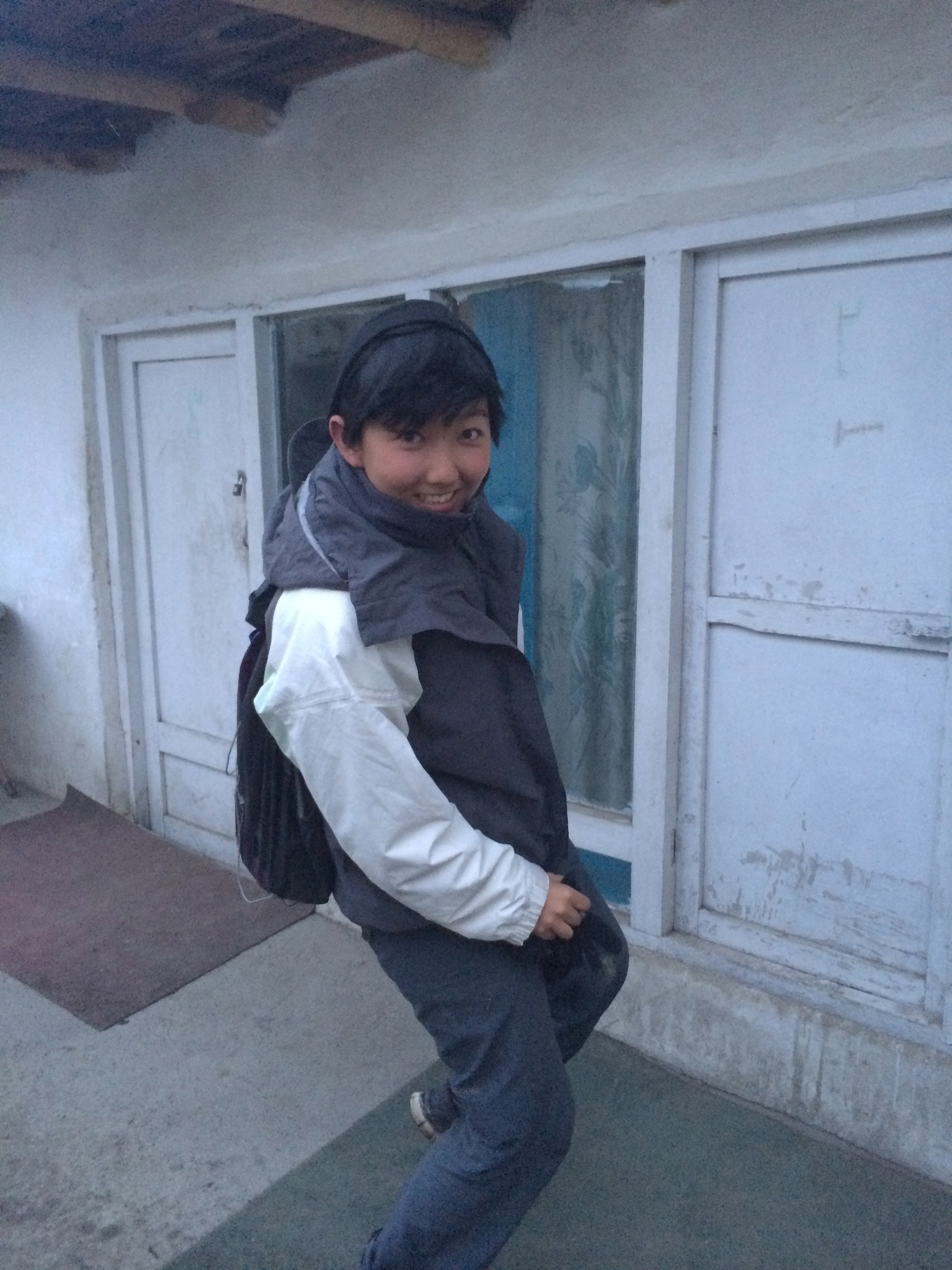Most people assume single women in the Middle East are — how shall we say this? — stymied; that it’s difficult for them to have a social life, date, or go out at night. In Jordan, at least, people who assume that would be wrong.
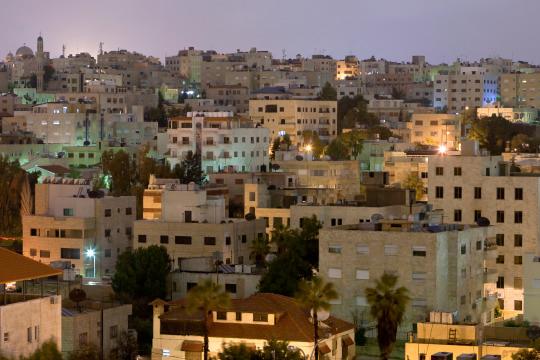
Amman by night (Photo: Thinkstock)
On a recent trip to Jordan, I met up with my single friend, Muna Haddad, in the capital city of Amman to hang out on a Friday night. While Muna still lives with her parents (single women do not live alone, not just in the Middle East but in many places in Europe and South America as well), her life is not dissimilar to a single woman’s life in much of the United States. She attends parties, shops, and goes to clubs and (as she is Christian; many Muslims do not drink alcohol) bars.
Related: A Broad Abroad: How to Go Full Local in Jordan

Our first stop was Hashem Falafel, which is so good even the King of Jordan eats here, despite it looking decidedly un-kingly.

Afterwards, we shopped and then headed to Jordan Bar, Jordan’s oldest bar, established in 1945, for a beer and a glass of arak — a traditional Jordanian alcoholic drink that’s clear until it’s mixed with water and turns a milky color. Despite alcohol being labelled a controlled substance, it is still freely served in the country’s many bars and nightclubs.

